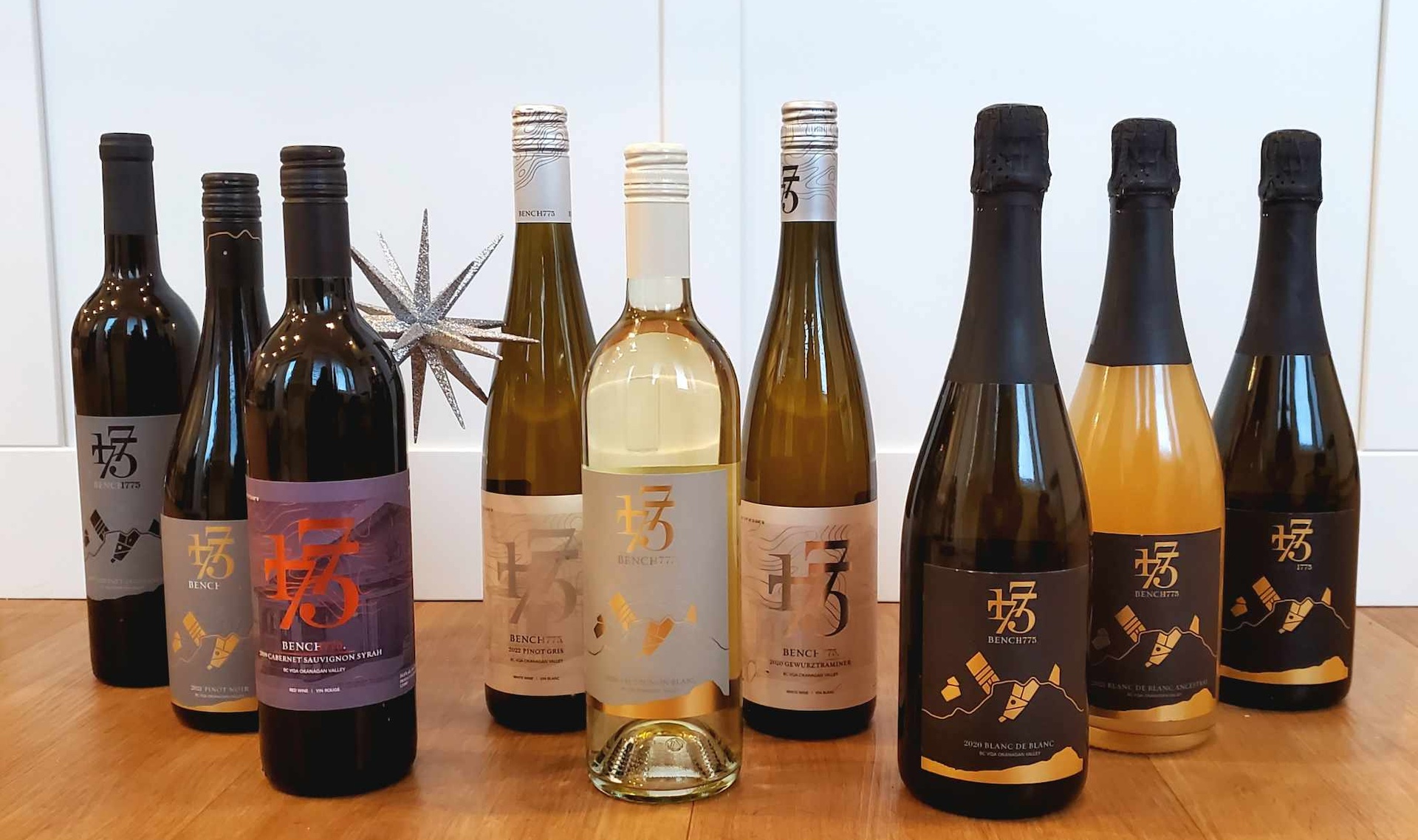All You Need to Know About Late Harvest Wines
Late harvest wines are popular because they give off a sweetness incomparable to just adding sugar or sweeteners. They have a golden color combined with various floral and fruity tastes.
But what are late harvests wines, exactly, and where does the unique sweetness come from?
What are late harvest wines?
Late harvest wines are made from grapes left in their vines even after reaching their ripeness. Late harvest grapes are typically left to mature more and picked after 1 – 2 months after the usual harvest time making them sweeter. They have higher levels of residual sugar with a higher potential of alcohol content compared to your usual table wine because they are left on the vine to ripen more. These grapes get dehydrated making the juice more concentrated resulting in sweeter, full-bodied, and typically drier wines.
Technically, all wine grapes can be harvested late. However, there are certain grapes used to specifically produce high-quality late harvest wines with balanced flavor and sweetness.
The most common types of late harvest wines are:
- Muscat: There are a lot of different grapes under the Muscat family but the aromas they give off are highly perfumed and very distinguishable.
- Riesling: Riesling is the most popular type of late harvest wine. This type of grape is ideal for late harvest because they are naturally high in acidity.
- Sauternes: It usually came from blending Sauvignon Blanc and Sémillon grapes. These grapes undergo a unique process and can’t be achieved just by any. The Sauternes region is close to the Garonne river’s foggy section. The fog engulfs the vineyards causing the gapes to be infected by Botrytis cinerea, a fruit fungus. It might look unappetizing, but the mold makes the grapes sweeter. This whole process is called noble rot.
- Vidal Blanc: These very cold-hardy white grapes are a hybrid of American grapes and European grapes. The grapes are left on the vines through winter’s first freeze producing outstanding ice wines.
Is late harvest wine sweet?
Yes, they are sweeter. Wines produced from late harvest grapes are usually a type of dessert wine.
The residual sugar is the one that makes late harvest wine sweet. It is the sugar that didn’t fully convert into alcohol during the wine’s fermentation process.
During the fermentation process, yeast cells consume sugars from the grapes and turn them into alcohol and carbon dioxide. This process will continue until the sugar in the grapes is all used and the yeast doesn’t have any food source. If that happens, the yeast will die and become lees (dead yeast cells).
But with late harvest grapes, which contain higher levels of Brix (sugar measurement), the fermentation process naturally stops at around 15% alcohol only. By that point, the alcohol acts as a preservative and removes all the water out of the yeast cells and kills the yeast. Leaving the other sugar in the grapes, which makes late harvest wine sweeter.
How long does late harvest wine last?
If unopened and stored in a proper place with consistent cool temperature and no vibrations, late harvest wines can last for many years. But after opening, re-corked, and storing in a fridge, it can last around 3 – 5 days. Late harvest wine lasts longer compared to table wine but less than fortified wine.
How to drink late harvest wine?
When serving the late harvest wine, I highly suggest serving it cold, around 45–55ºF (7–13ºC). Serve it in a proper wine glass. Pour in 1.5 – 3 oz per portion. This is the best way to enjoy late harvest wines.
How does late harvest wine taste?
The taste of late harvest wines depends on the type of wine because they have their own wine terroir which affects the taste.
Tasting notes of the most common types of late harvest wines:
- Muscat: Bench 1775 Muscat 2016, specifically, gives big floral tasting notes with hints of spice, balanced with minerality coming from the Naramata Bench soils. Some Muscats from other regions and countries can give oranges, roses, apricots, and even nutty tasting notes.
- Riesling: 2018 Riesling white wine from Bench 1775 gives intense fruity aromas with lemon peel, Meyer lemon, wet stone, and citrus blossom tasting notes. You can get lemony notes with a tingling acidity from other Rieslings.
- Sauternes: It has lemon curd, pineapple, honey, and almond tasting notes.
- Vidal Blanc: It gives crisp orange peel flavors with a rich and concentrated taste.
The taste of wines will vary and mostly depend on where the grapes are grown. Each type of late harvest wine can be paired with various fruits, cheeses, crackers, etc. It is up to you on how you want to enjoy your late harvest wine!
Author: Ethan Clark






